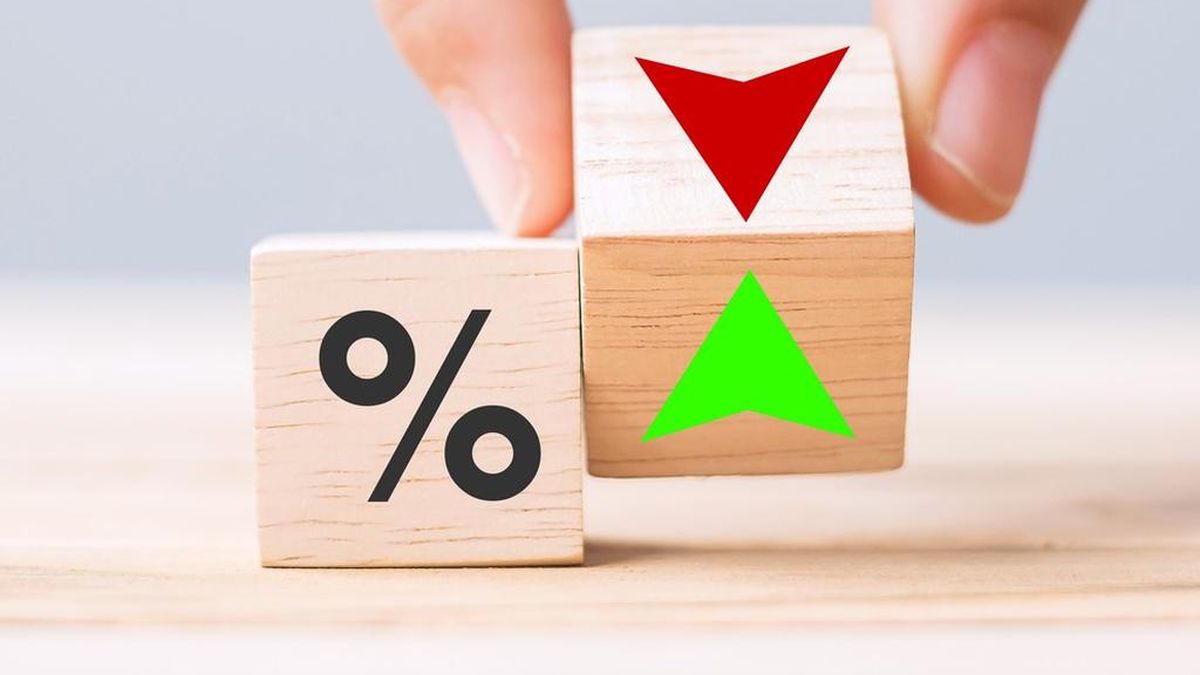The economy grew 0.2% in May, but leading indicators showed a lower-than-expected improvement.
He Ceres Leader Index (ILC) grew by 0.2% in May and marked its eighth consecutive increase, reaffirming the good present of the economy in Uruguay, although with some yellow lights that you have to start looking at carefully.
The content you want to access is exclusive to subscribers.
He Center for Studies of Economic and Social Reality (Ceres) published its monthly Leading Index, a leading indicator of the level of activity that is used to give signals about the sign of the evolution of economic activity overview of the country based on an extensive database composed of factors from the internal panorama and the international context.


The May report recorded growth of 0.2%, the eighth in a row, and also the Diffusion Index (ID) accompanied this positive behavior: the data that shows the proportion of the index components that grew in the month was 74%; That is, more than half of the variables that make up the ILC had improvements compared to the previous measurement, in April. This data explains a good part of the continuity of the positive trend.
Although the Uruguayan economy has been going through a period of recovery and expansionthe favorable results for May respond, rather, to the fact that “the adverse effects that the economy had in 2023 such as the drought and the relative increase in cost Argentina”. Likewise, the growth of the wage bill thanks to greater employment and lower inflation—which increases purchasing power and favors domestic consumption—; as well as the greater exports of pulp due to the full operation of the pulp mill. UPM IIalso contributed to the monthly improvement.
Yellow lights in economic activity
“However, indicators of advance activity have shown a growth of lower magnitude than expectedaffected in part by a Argentine economy in recession “which conditions the flow of people from the neighboring country and the excess rainfall that complicates logistics in agriculture,” warns the Ceres report.
Other points highlighted as worrying as they may condition the future growth of the Uruguayan economy are: “high production costs”“a low real exchange rate that affects the competitiveness” and low international prices. “The reduction of price gap With respect to Argentina, it contributed to a small improvement in recent months, but competitiveness with Brazil and extra-regional countries continues to worsen, and no significant change is projected in the coming months,” the text adds.
“Another downward pressure comes from the fact that the reactivation of the refinery plant in The Tile It took longer than expected, and there have been five months of the year without activity,” warns the Study Center.
Source: Ambito




